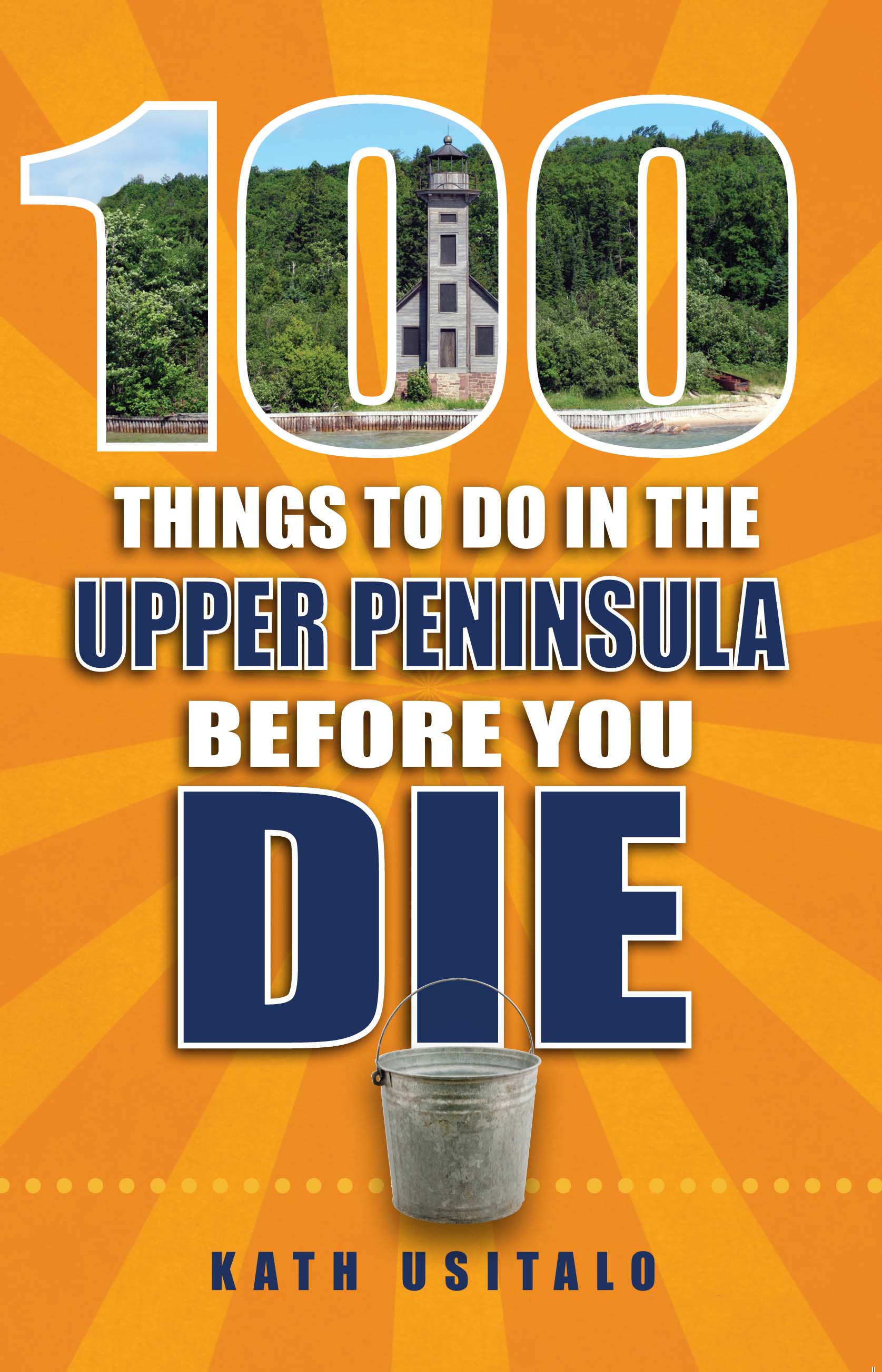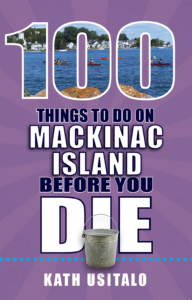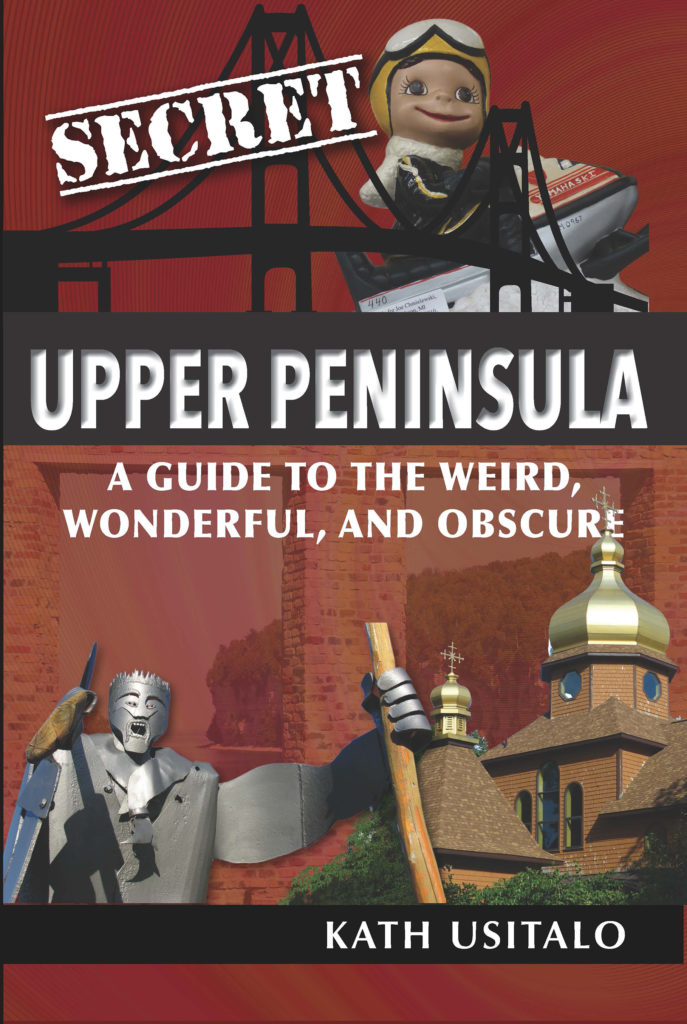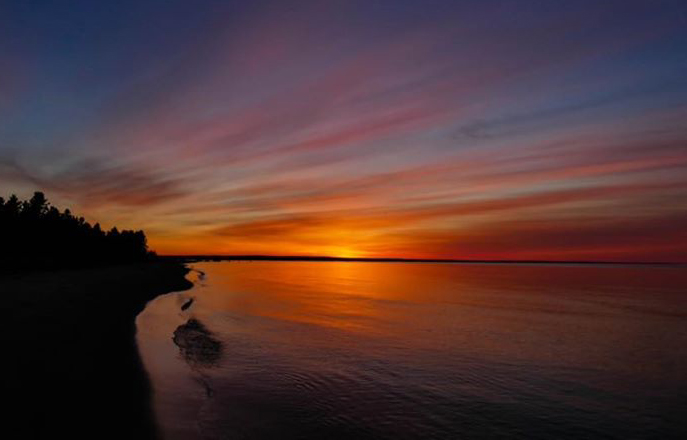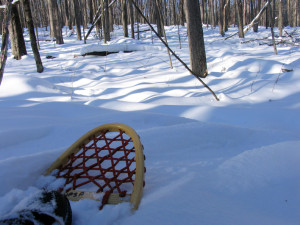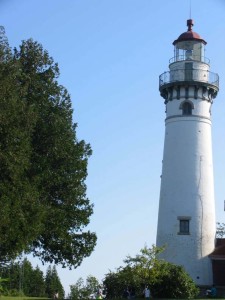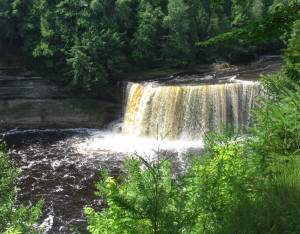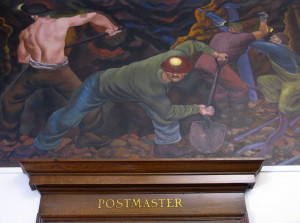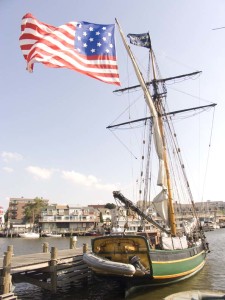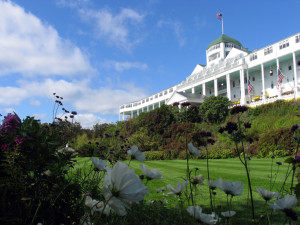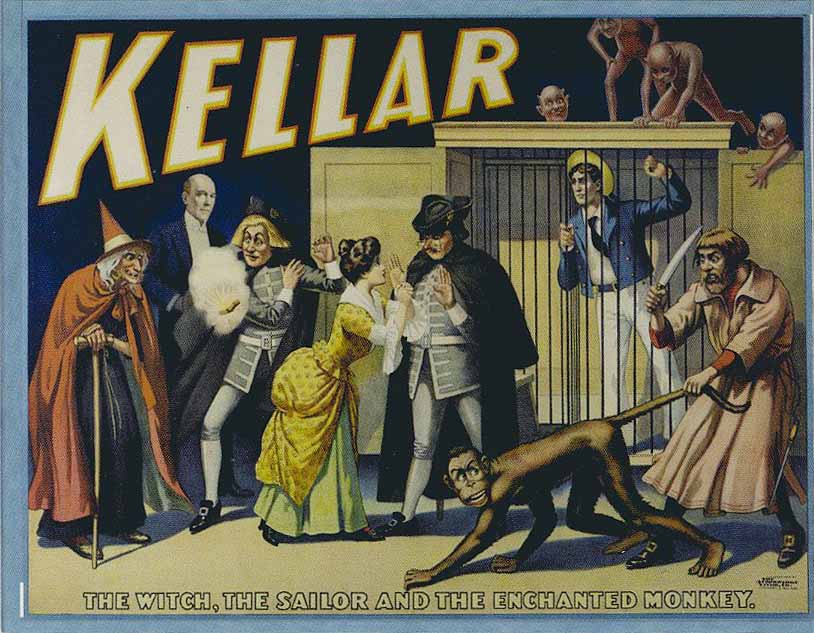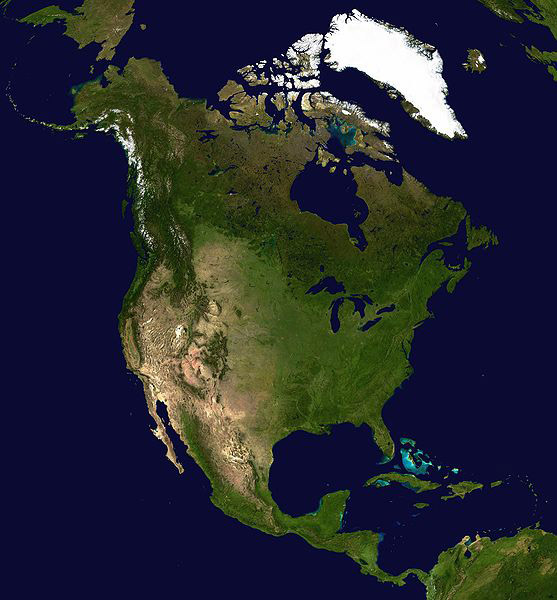
The massive freshwater lakes that shape Michigan’s mitten and its jagged Upper Peninsula can be seen from space (NASA photo)
GreatLakesGazette.com is dedicated to
Michigan, the Great Lakes State,
and exploring the region Around the Lakes.
Slogans and nicknames on license plates come and go. Among other things, Michigan has been called the Great Lake (singular) State, the Wolverine State, Winter Wonderland and Water Winter Wonderland.
The current official promotional line, used to lure tourists and economic development, is “Pure Michigan.”
Through it all, Michigan will always be
the Great Lakes State.
It is the only state touched by four of the five Great Lakes, the largest bodies of freshwater on the planet. For the uninitiated it’s difficult to grasp that you can’t see across these inland seas.
Lakes Michigan, Huron, Superior and Erie (only Lake Ontario is distant) shape Michigan’s 3,200 mile shoreline, where 115 lighthouses—more than in any other state—still stand. The lakeshore is home to industrial cities and beachtowns, wilderness forests, rocky cliffs, sandy beaches and dunes. And there are islands you can visit, from Detroit’s Belle Isle to the remote Isle Royale National Park in Lake Superior, Beaver Island in Lake Michigan, Les Cheneaux archipelago on Lake Huron and Drummond Island at the eastern tip of the U.P.
The water doesn’t stop at the shore: someone has counted 11,000 inland lakes, 36,000 miles of rivers and streams and 150 waterfalls (all but one in the Upper Peninsula).
Thick with forests, in the 19th century Michigan was a major source for lumber that built Chicago and other cities, and logging continues on the state’s 19 million acres of wooded land.
The wealth of copper in the far reaches of the Upper Peninsula caused a boom that preceded the 1848 Gold Rush out west, and in the mid-1840s iron mining added to the riches in the U.P.
You can tour iron and copper mines and visit related heritage sites preserved by the Keweenaw National Historical Park throughout the U.P. “Copper Country.”
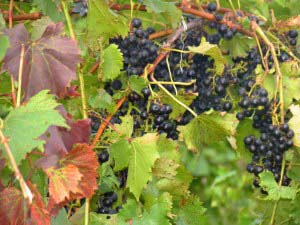
Vineyards and wineries, like Fenn Valley in the southwest Lower Peninsula, bring agriculture and visitors together
Michigan’s major industry continues to be automotive-related, but agriculture, too, is important; the state is second to California in the variety of crops grown.
The Great Lakes were transportation routes for the Native peoples and voyageurs in canoes; the first sailing vessel to cross the waters was Le Griffon, which was lost during its maiden voyage in 1679.
Commercial sailing on the Great Lakes began in the 1800s, and in 1855 the first locks opened at Sault Ste. Marie to allow ships to navigate the 21-foot difference in water levels between Lakes Superior and Huron.
In the 1800s tourists were able to leave the cities behind and cruise aboard passenger ships to enjoy the fresh air, clean water and scenery along the Great Lakes coastline.
Steamship and railroad lines deposited travelers at resorts the companies constructed in still-popular tourist spots like Grand Haven, South Haven, Harbor Springs and Petoskey.
Mackinac Island, in the Straits where Lakes Michigan and Huron meet and separate the Upper and Lower Peninsulas, is the region’s premier example of a Victorian summertime destination.
At GreatLakesGazette.com you’ll find stories about exploring and enjoying Michigan’s four seasons, its natural resources, history, industry and the people who call these two peninsulas home. It’s a source for recipes with a connection to the region, and art, books, movies and music created here.
It’s about the quirky things that contribute to the personality of the place, and the personalities that contribute to its quirkiness.
The focus is mainly on Michigan, but we’ll be exploring the region and sharing those stories, too.
GreatLakesGazette.com is about Travel and Life in and Around Michigan, the Great Lakes State.
We welcome you to follow along by subscribing (it’s free) and invite your tips and ideas (see contact info below).
Thanks for your interest in GreatLakesGazette.com!
Kath Usitalo
The Gazetteer
Click here to learn more about Great Lakes Gazette Gazetteer Kath Usitalo and crew
Click here for more about Michigan, the Great Lakes State
All stories and photos at GreatLakesGazette.com are copyright Kath Usitalo, unless otherwise noted. For more information see “Stuff You Should Know” (below)

